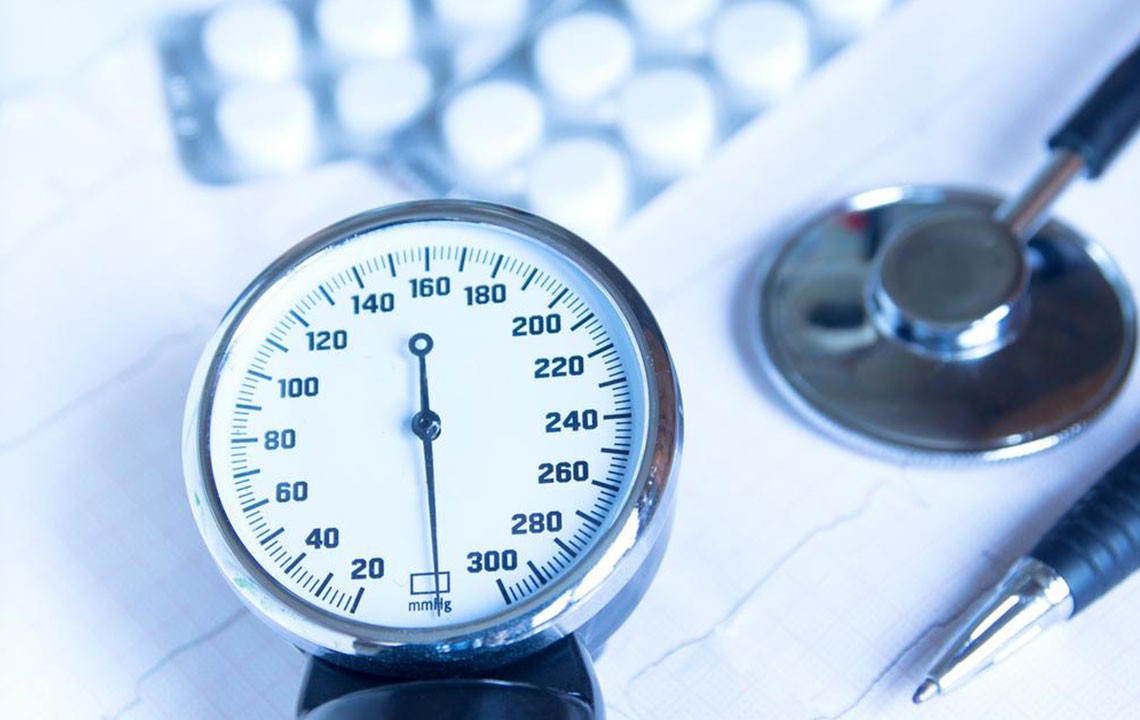Understanding a High Blood Pressure Chart
The heart beats and pumps blood to different parts of the body and passes the required energy and oxygen. The pressure created while pushing the blood vessels to the sides is referred to as the blood pressure (BP) of your body. High blood pressure is a critical problem , which gives rise to many other diseases and complications. There are systolic and diastolic pressure levels in your blood , which indicate the highest and the lowest pressures simultaneously.

High blood pressure, also known as h ypertension , is not something which can easily be tracked down through symptoms. The only way to know whether one has high blood pressure is through measuring it. It is always advisable to keep your BP under control to avoid complications like heart problems, kidney diseases, and eye problems. Another major issue that can be the result of high blood pressure is brain damage. Hence, it is better to keep it stable and under control. It cuts down the risk of further complication s if it remains under control.
Understand the high blood pressure chart
Getting your BP checked by a medical expert once in every week is mandatory if you are at risk. This helps you to know if it is low, high, or perfectly stable and allows you to take precautionary measures to keep your BP under check . A basic understanding of the h igh b lood p ressure c hart is imperative to avoid diseases and stay healthy and happy.
The pressure reading indicates the pressure levels of your body . The highest level is called the systolic pressure level, while the lowest level is the diastolic pressure level. The h igh b lood p ressure c hart is a representative table to make you understand the right kind of pressure that a person should have and the pressure levels that should be avoided. Understanding the chart and its significance is crucial. A brief high b lood p ressure c hart , range, and its implications are presented here for clarity .
- Normal p ressure l evel – [In mm Hg] – 120 (Systolic) and 80 (Diastolic) – I f you have an absolutely normal pressure level which ranges between 120/80 mmHg. You should continue your healthy dietary habits and keep up doing exercises to maintain the normal pressure level.
- Pre- h ypertension p ressure l evel – [In mm Hg] – Between 120–39 (Systolic) and b etween 80–89 (Diastolic) – This is the stage before hypertension, where if the needed care is not taken , the pressure level keeps on rising as per the high blood pressure chart . Precautions should be taken to retain it under control.
- Stage 1 h ypertension l evel – [In mm Hg] – 140–59 (Systolic) and 90–99 (Diastolic) – In this stage, the person has already got under the curbs of high BP. Doctors prescribe medications and advise a change of lifestyle and food habits for the ir treatment. The physician’s prescription must be followed strictly and one should not experiment by changing the medicine dose on his or her discretion.
- Stage 2 h ypertension l evel – [In mm Hg] – 160 or above (Systolic) and 100 or above (Diastolic) – This is a critical juncture where the blood pressure is high and complications regarding other diseases start to appear due to the pressure levels. The medications , diet, and any other regulations as prescribed by the medical expert should be followed strictly.
- Hypertensive crisis – [In mmHg] – 180 or above (Systolic) and 11 0 or above (Diastolic) – This is a very critical stage where the person having it requires immediate medical attention. In this kind of situation, the person experiences chest pain, numbness, shortness of breath, and should be rushed to the nearest hospital for immediate treatment.
Th ese are the bl ood p ressure ranges an average adult may fall under . The chart helps you to find out if you r pressure is at a normal level , or if you need to take a few steps to control it. The correct blood pressure level helps you to avoid a lot of complications, but if you have a little disturbance in those numbers, you can always take the help of medications after consulting a doctor.
Also, you should focus on losing some extra pounds as increasing weight contributes to increased blood pr essure. Exercising is a great way out for controlling the pressure levels, which must be done regularly. Maintain a healthy and hearty diet , where you should cut down on sodium a nd monitor the intake of alcohol to avoid high blood pressure.
Apart from these, prescribed medications will help you in controlling your blood pressure levels . Do not hump on medicines without consulting a doctor, or it may turn fatal. Follow these steps and keep an eye on the h igh b lood p ressure c hart to stay healthy and happy.